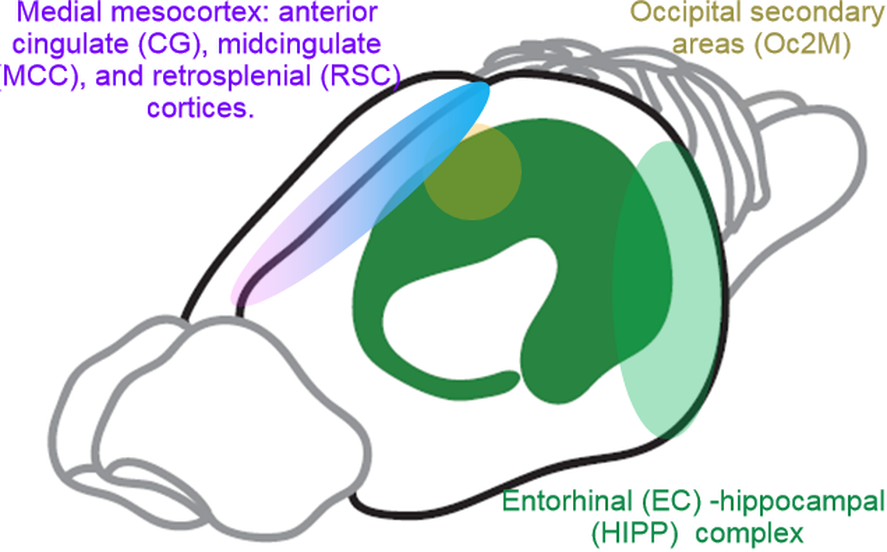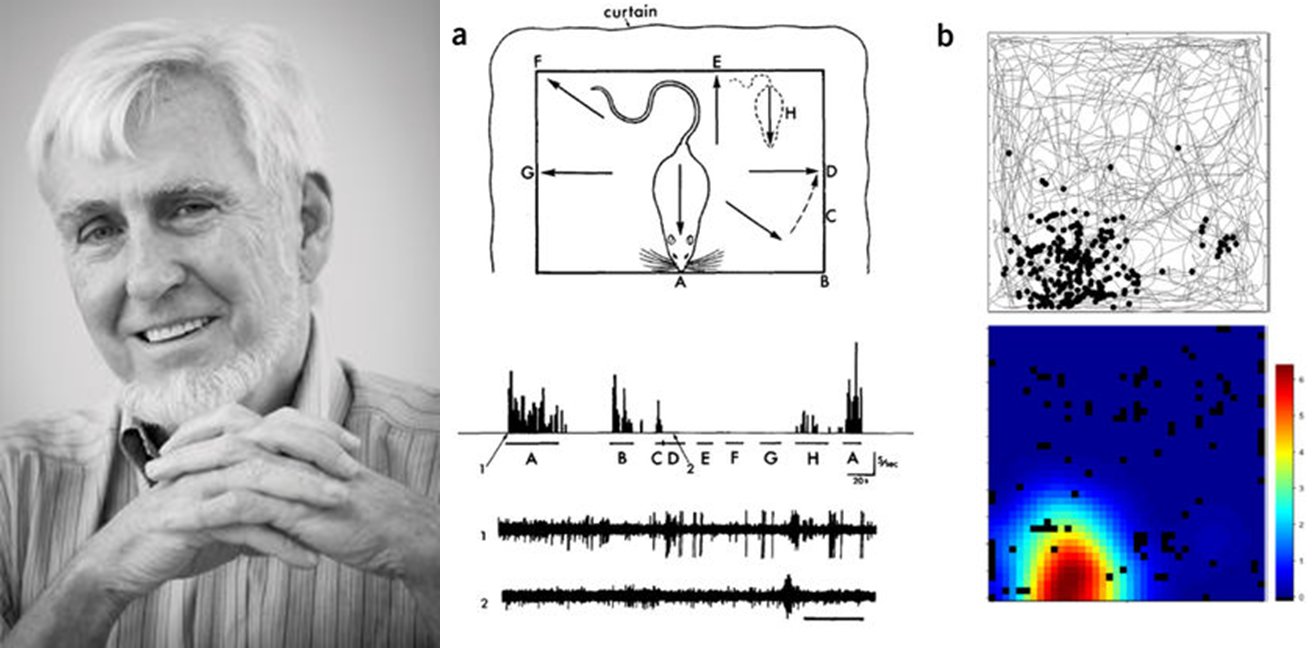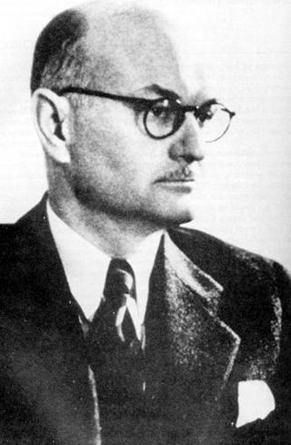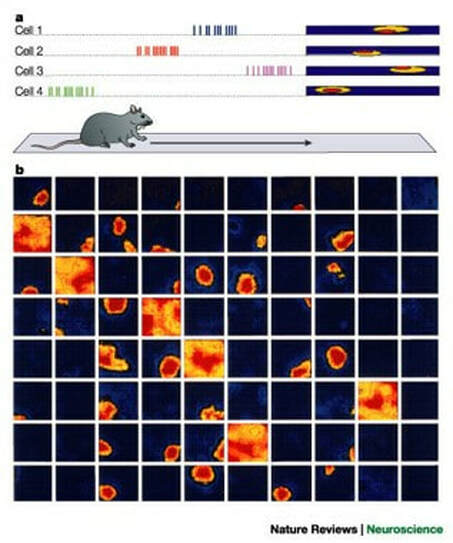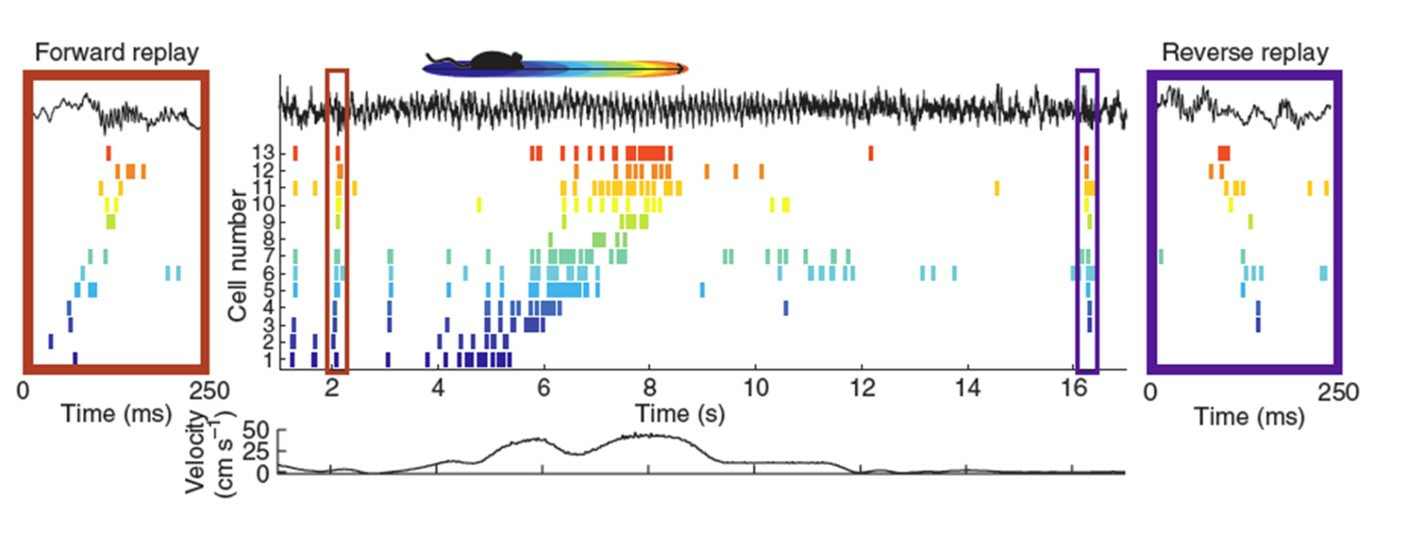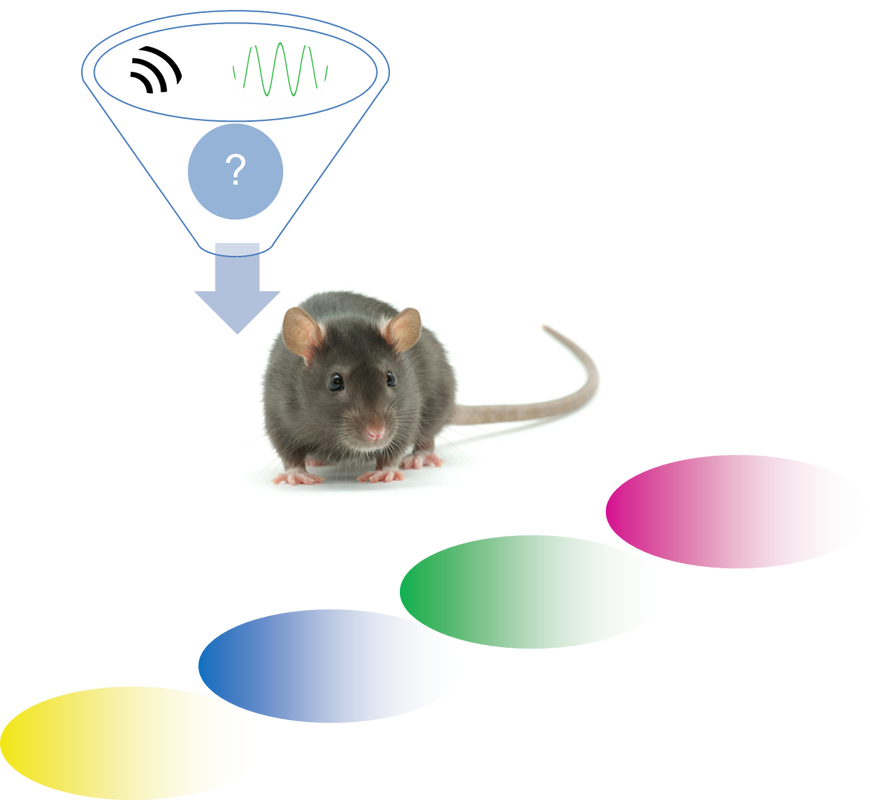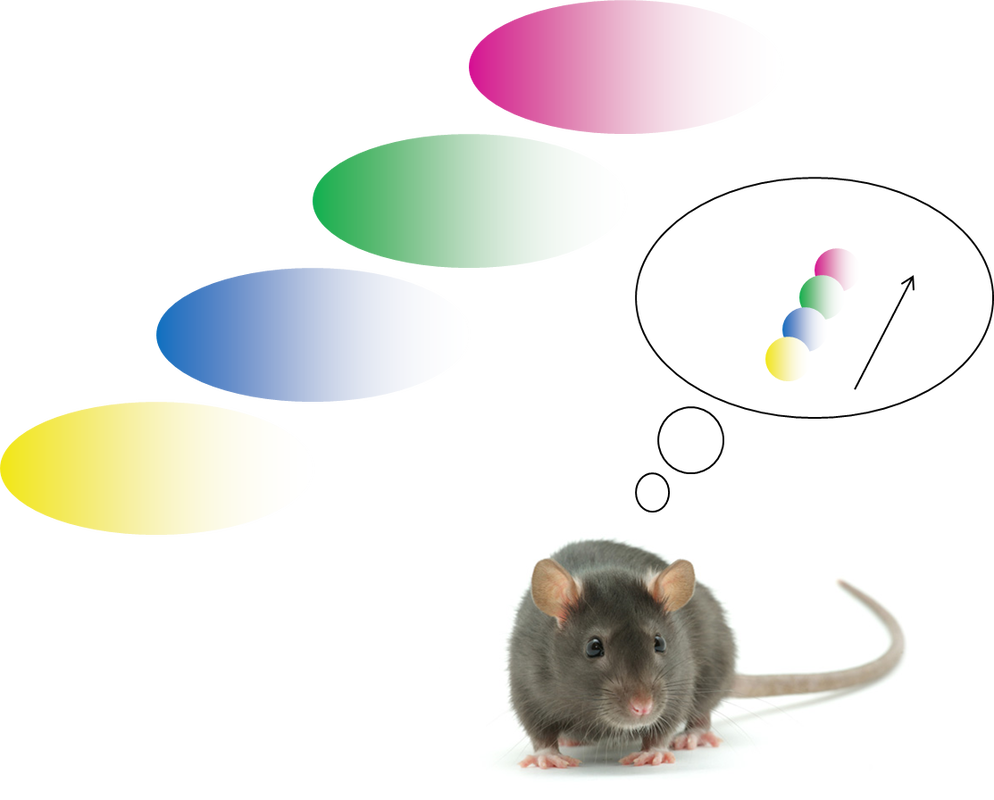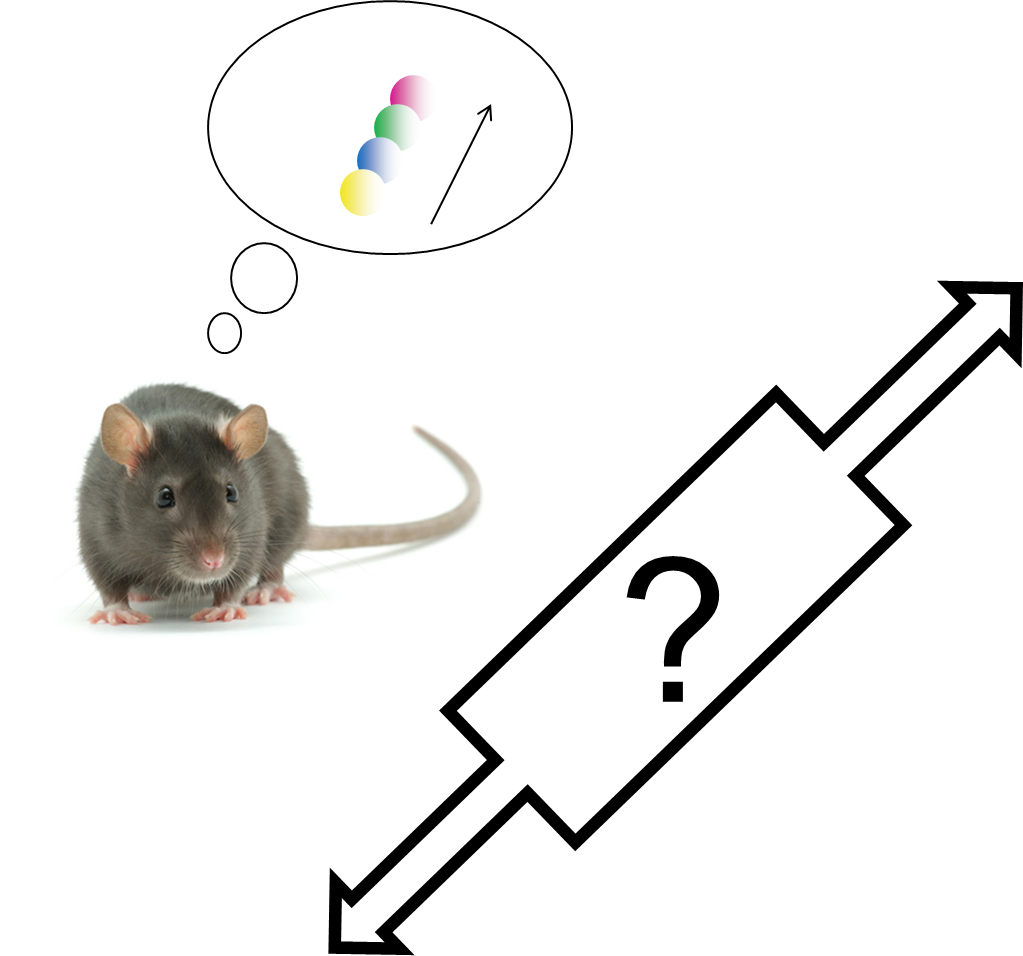projects
We use Rats to causally investigate how primary sensory information contributes to the formation of spatial cognitive maps, how are they stored in the hippocampus, and how are they retrieved to inform decisions.
Understanding the brain and curing complex brain disease are synergistic goals with synergistic solutions. Manipulating and monitoring neural pathways involved in complex cognitive functions will hopefully identify access points to inspire novel therapeutic strategies, on a global effort to understand the brain in health and disease.
Understanding the brain and curing complex brain disease are synergistic goals with synergistic solutions. Manipulating and monitoring neural pathways involved in complex cognitive functions will hopefully identify access points to inspire novel therapeutic strategies, on a global effort to understand the brain in health and disease.
